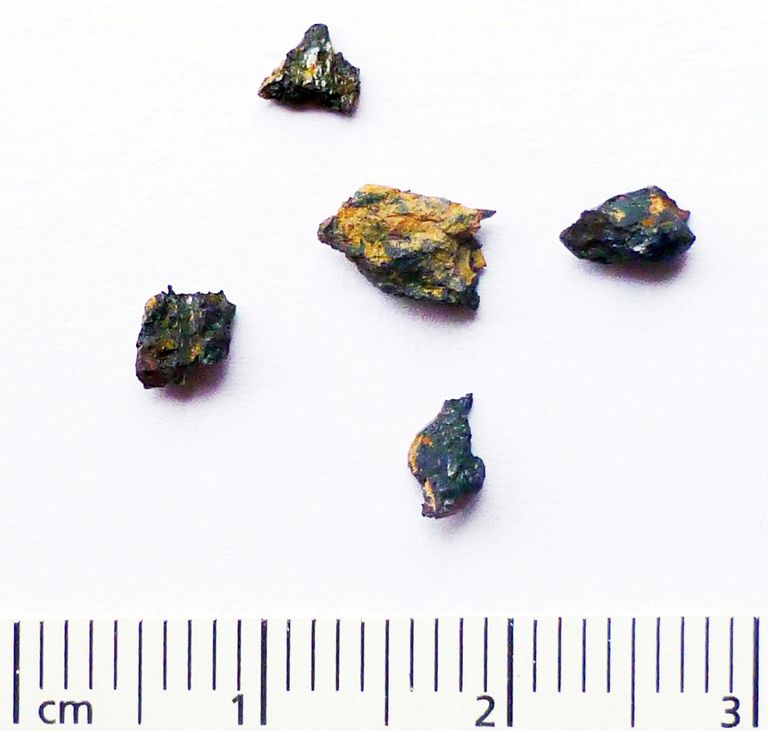The Hypatia stone is not only out of this world, it’s literally from outside our solar system.

The stone was discovered in western Egypt by a geologist named Aly Barakat in 1996. Compounds including polyaromatic carbons, silicon carbides, and nickel phosphide believed to predate the solar system have been detected within the rock. The basic elements are the same as materials commonly found within our solar system, but the ratios are all wrong.
For example, a chondritic meteorite is normally composed of a small amount of carbon and more silicon. In the Hypatia stone, the composition is mostly carbon with a very small amount of silicon. Most of the rock includes the opposite ratios of carbon to silicon than we would expect to find on Venus, Mars, Earth, or the asteroid belt, for that matter.
The discovery calls into question the theory of how our solar system was formed. The existing theory calls for a nebula of material to collapse into the sun while the residual material formed the planets and asteroid belt. The unique features of the stone suggest that the solar nebula wasn’t composed from a consistent form of dust, which causes some problems for the generally accepted view of the formation of our solar system.
The Hypatia stone is a unique meteorite with compounds that scientists have never found anywhere else in the solar system. It is a once-in-a-lifetime sort of discovery, but one that asks as many questions as it answers.

Speak Your Mind